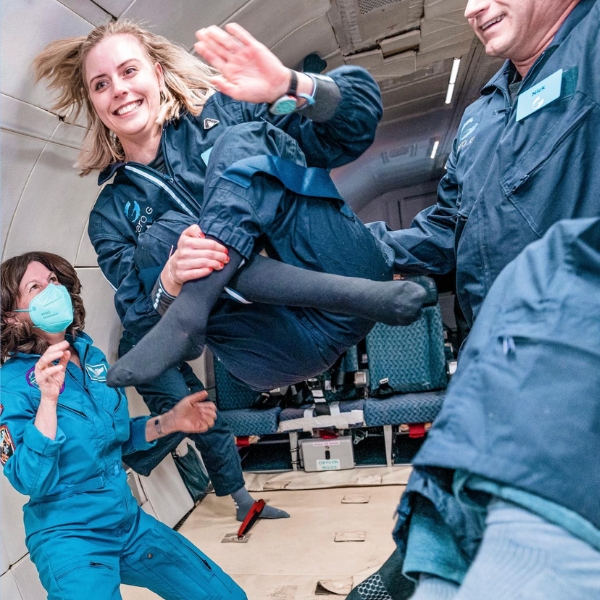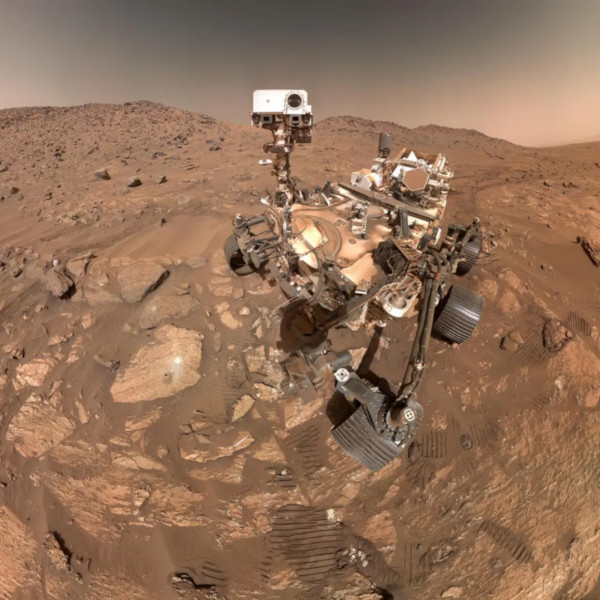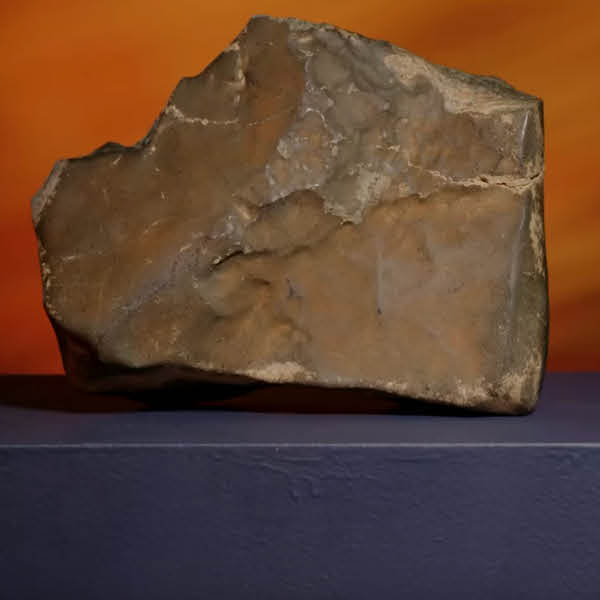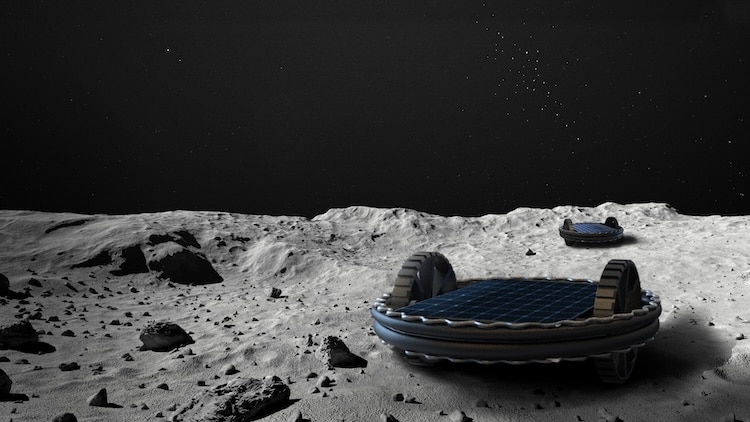
Photo: DGCS/UNAM
The world has been paying close attention to the launch of Astrobotic's Peregrine moon lander, aimed to be the first private lunar mission to touch down successfully on the Moon. Unfortunately, a propulsion issue caused a significant propellant leak. As a result, Peregrine will not achieve a soft landing on the Moon, according to NASA. But not all hope is lost for the projects on board. Peregrine happens to be carrying Colmena, Mexico's first-ever Moon mission. And despite the setbacks, the project has already achieved several wins.
The Colmena mission consists of five autonomous micro-robots, which measure just 4 inches in diameter and weigh 2 ounces each. Colmena, which means “beehive” in Spanish, references the worker bee's process, indicating that these tiny devices are ready to work as a team. Developed by the Laboratory of Special Instruments (LINX) at the National Autonomous University of Mexico (UNAM), the project launched back in 2015, when it was first pitched to Astrobiotic and selected alongside 19 other projects from NASA, as well as the UK, Japan, and Germany. Fast forward nine years, and with the aid of 250 students who helped create the robots, the mission has finally been brought to life.
The key to their success is size. Gustavo Medina, Colmena mission leader and head of LINX, told El País that devices this small have never been operated in space. This was what caught Astrobotic's attention and may be a game changer in the future. “Instead of sending a large machine to extract a mineral, which costs a lot and if it breaks down everything is lost, we can send 100,000 tiny robots; and if one dies, nothing happens,” he explains. “The project can resist. That's the philosophy.”
The robots are enclosed in what Medina describes as a “cookie package,” which would later work as a catapult. Since there's nothing to offload the robots, the catapult would throw them 30 to 50 feet away from the lander—enough to escape the shade of the lander to get their solar panels to work and getting coordinates from where their pals landed, so they can get to work.
This way of thinking may have paid off given the issues Peregrine has faced. The lander has been able to power Colmena and nine other projects, proving their operational capacity in deep space. This alone is a huge win for Medina and everyone at LINX, prompting an emotional celebration when the news was announced.
“Even if they don't make it [to the Moon], the mission was already a success, from the moment it was able to get on top of the rocket,” Medina points out. “It is a bit unrealistic to talk about failures when you are doing something so innovative and so far-reaching, what you have are failures and the important thing is not to fall, it is to get up. We are already building the second mission.”
Mexico has launched its first-ever Moon mission via 5 autonomous robots in a mission known as Colmena (meaning beehive in Spanish) aboard Astrobotic's Peregrine lander.
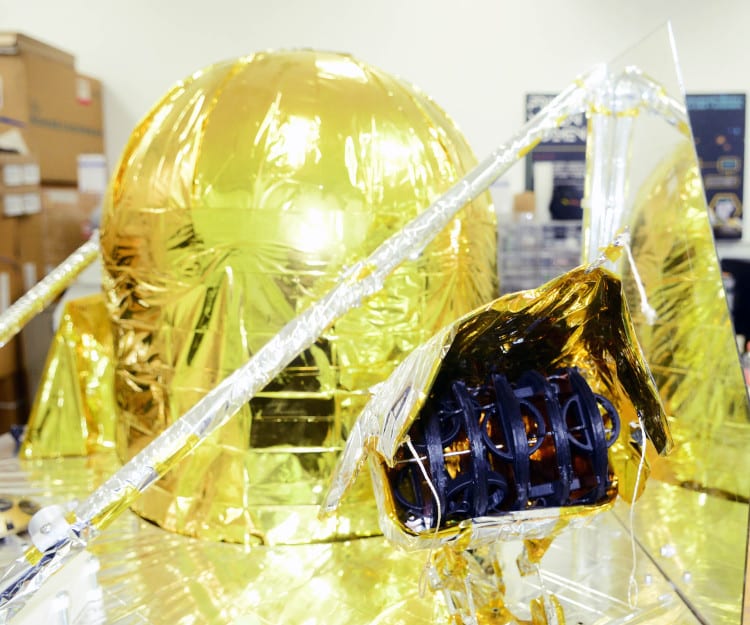
Photo: DGCS/UNAM
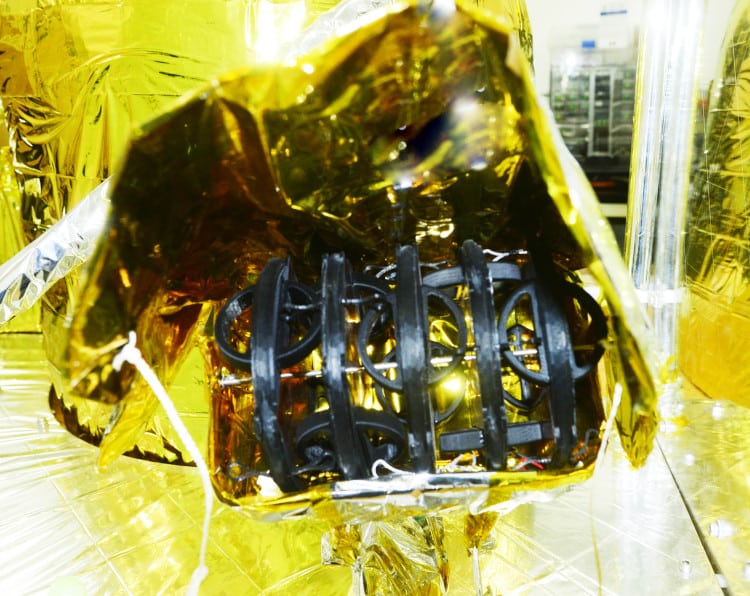
Photo: DGCS/UNAM
These tiny robots measure just 4 inches in diameter and weigh a humble 2 ounces each.
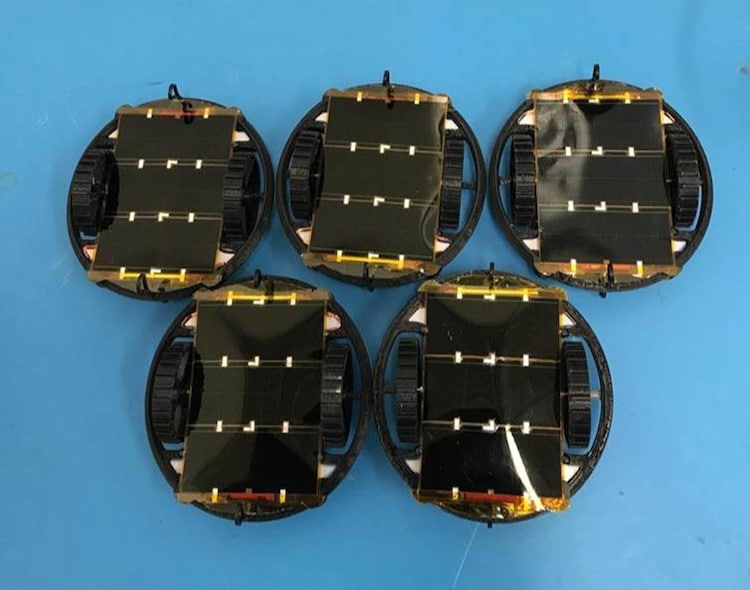
Photo: DGCS/UNAM
The project was developed by the Laboratory of Special Instruments (LINX) at the National Autonomous University of Mexico (UNAM), and the mission is being led by Gustavo Medina.
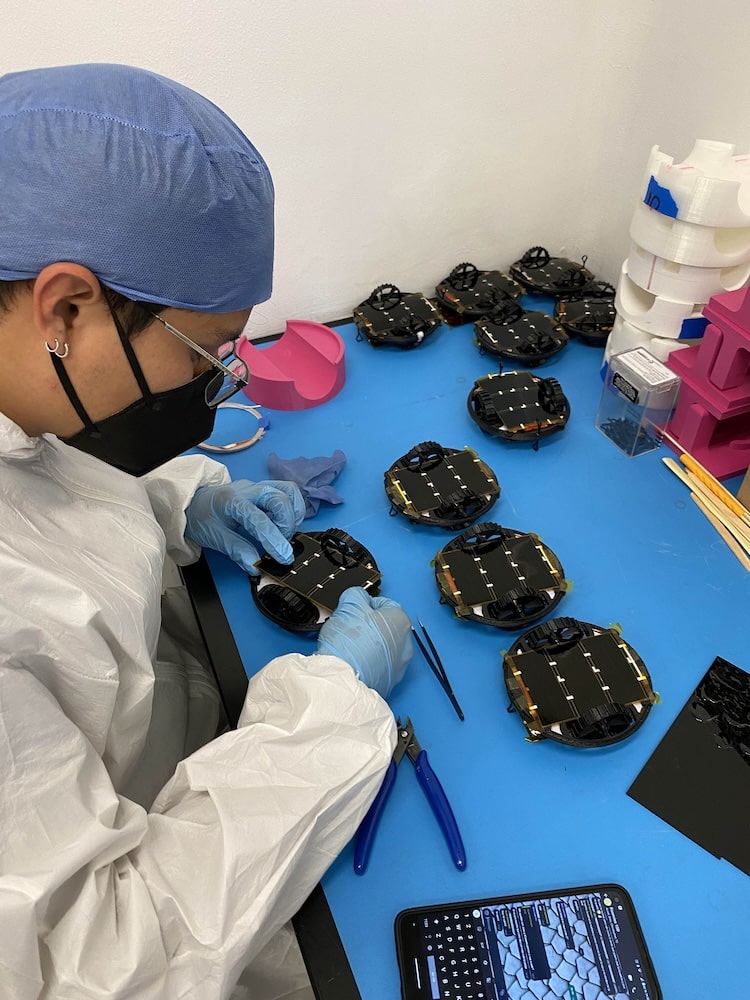
Photo: DGCS/UNAM
“Instead of sending a large machine to extract a mineral, which costs a lot and if it breaks down everything is lost, we can send 100,000 tiny robots; and if one dies, nothing happens,” Medina explains.
Though there have been some setbacks, Peregrine has been able to power Colmena, proving its operational capacity in deep space.
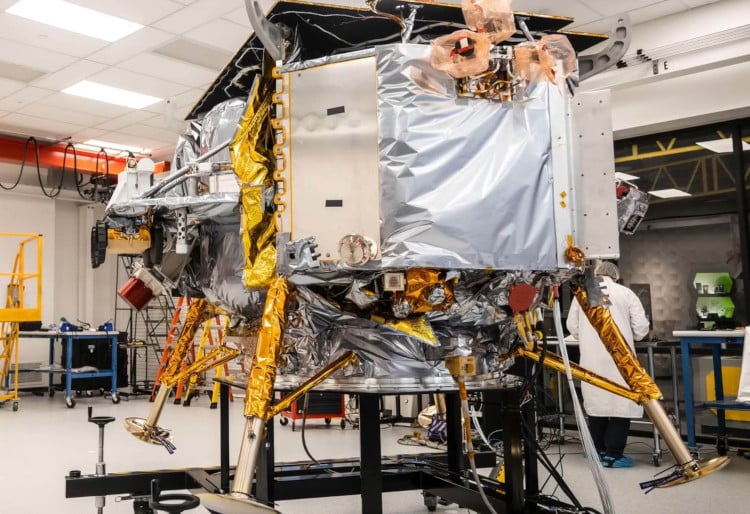
Photo: DGCS/UNAM
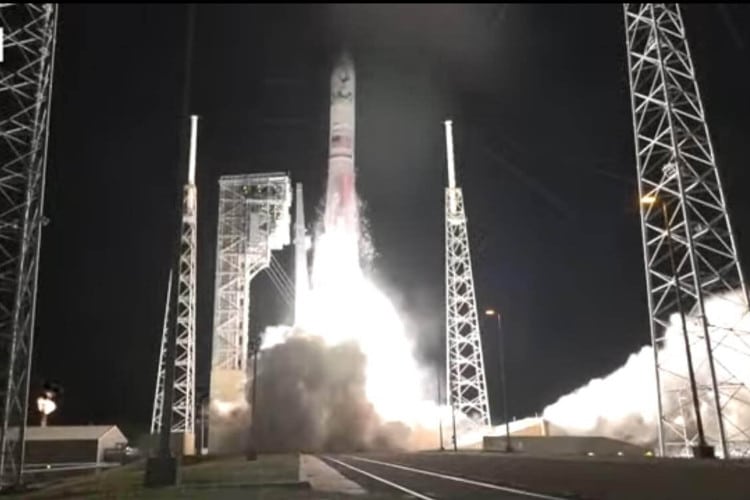
Photo: DGCS/UNAM
This alone was a huge win for Medina and everyone at LINX, prompting an emotional celebration when the news was announced.
¡No estoy llorando se me metió una colmena en el ojo!
Después de casi 10 años de arduo trabajo de académicos y la colaboración de más de 250 estudiantes, te compartimos el momento exacto en que se confirmó el exitoso funcionamiento de #Colmena en el espacio profundo.
1/5 pic.twitter.com/2GZOG7ZQV9— Instituto de Ciencias Nucleares UNAM Oficial (@icnunam) January 11, 2024
Laboratory of Special Instruments (LINX) at UNAM: Website
h/t: [El País]
All images via Dirección General de Comunicación Social/UNAM.
Related Articles:
Watch These “Outtakes” of NASA Astronauts Struggling To Walk on the Moon
India Makes History as the First Country to Land on the South Pole of the Moon
A Crashed Lunar Lander Might Have Brought a Colony of Microscopic “Water Bears” to the Moon












































































